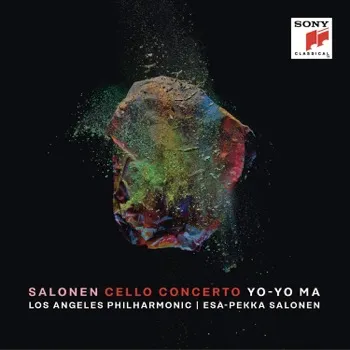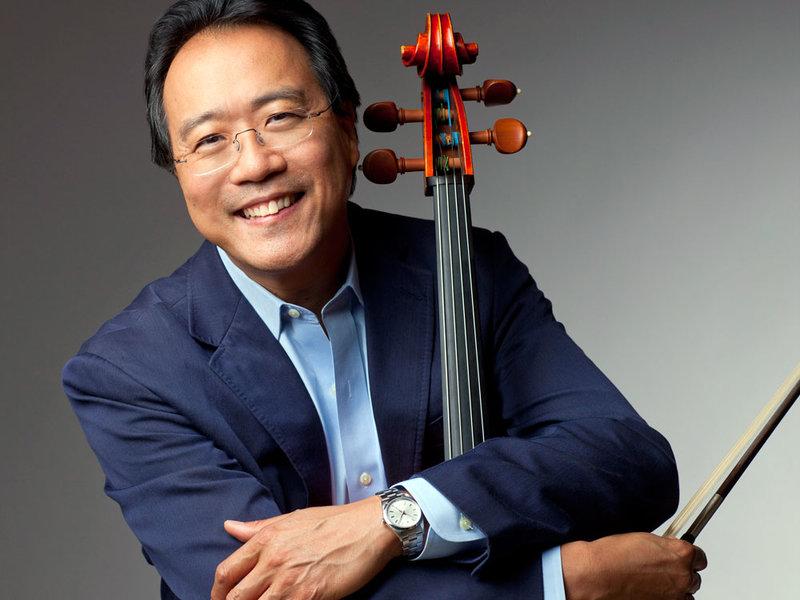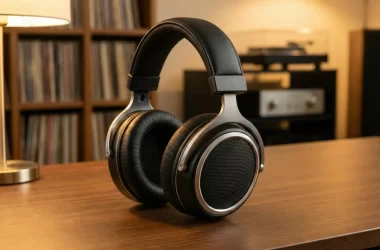After a Piano Concerto and a Violin Concerto, it was only natural Esa Pekka-Salonen will write a full Cello Concerto, and one may dare say this is the most successful of the three.

Like the other two concertos, Salonen enjoys a first-class soloist – the immaculate Yo-Yo Ma, together with the Los Angeles Philharmonic on top form. This recording comes from the debut performance of the piece at Los Angeles’ Walt Disney Hall, on February of last year (2018).
The audience must have been stunned by the music, as there is barely a hint this is a live recording, save for the dynamism of the performance. All parties are fully committed to the piece, and the sound quality is spectacular.
In the short essay by Salonen in the accompanying booklet, the composer talks about the concerto not in terms of musical form, but as a physical creation, or as “…a simple thought emerging from a complex landscape”. There is no better explanation for the first movement’s character: The movement is structured roughly around two main themes, but also incorporates compositional practices resembling 12 tone music and other modernist elements. Hear how out of a thick, Messiaen-like orchestral chaos emerges the first subject of the cello, together with some of the string section. From this emergence comes a gradual breakthrough of the soloist (02:00), with a tender accompaniment of strings and wind. Ma’s playing here equals a few of his best performances on record. He sings, speaks, whispers and shouts with the human quality of voice he is known for.

Yo-Yo Ma (©️ Todd Rosenberg/Sony Classical)
The second movement incorporates some electronics, with the cello echoing its own lines, creating a dreamy circle of thought. Some lovely dialogue with an alto flute as well, producing unique coloristic effects. With the third movement, the percussions come into play, with energetic-sounding congas and bongos. In the premiere, these instruments were placed at the front of the orchestra, next to the soloist, and it is also forwardly recorded here.
This new concerto does belly musical influences from the past; one can recognize some Debussy, Ravel, Messiaen and, more contemporary, John Adams, Magnus Lindberg and Kalevi Aho. But all-in-all, this is a truly original creation, with some spectacular orchestration that brings special colors and uniquely sheds light on the role of the soloist. A fantastic addition to the cello repertoire and in its own way, quite a beautiful piece of music.

Album Details |
|
|---|---|
| Album name | Salonen: Cello Concerto |
| Label | Sony Classical |
| Catalogue No. | 19075928482 |
| Artists | Yo-Yo Ma (cello); Los Angeles Philharmonic; Esa-Pekka Salonen |



















